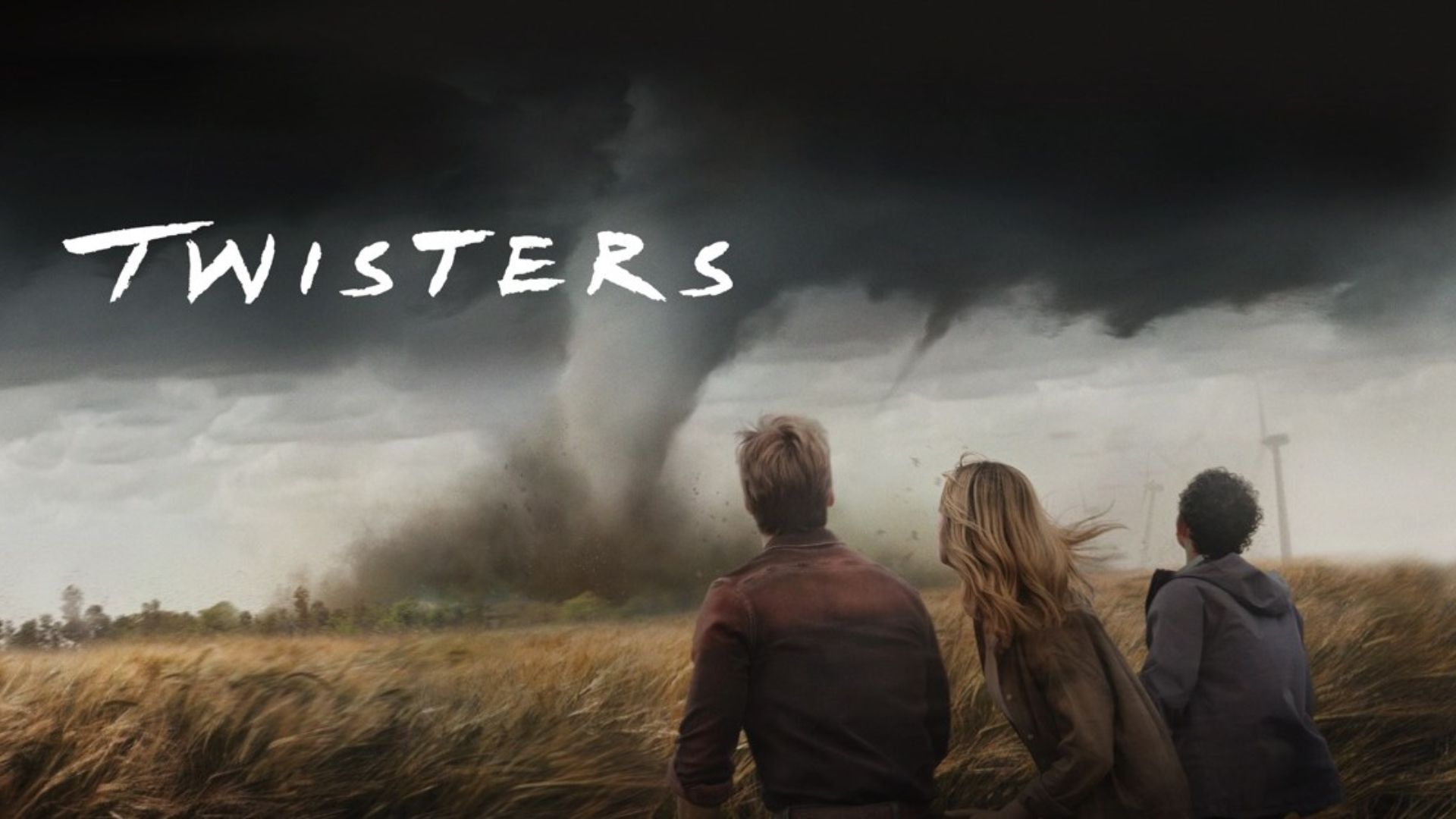So here's the deal, twisters are more than just those tornado scenes from The Wizard of Oz. These powerful spinning winds are nature's way of saying, "Hey, I'm in charge here!" But wait, there's so much more to twisters than what meets the eye. From their formation to their destruction, twisters have a story that's as wild and unpredictable as they are. So, buckle up and let's dive into the fascinating world of twisters.
Now, you might be wondering, "What exactly makes a twister?" Great question! Twisters, or tornadoes as they're also known, are violently rotating columns of air that touch both the ground and a cloud. They're like nature's own rollercoasters, but instead of thrill, they bring chaos. Understanding twisters isn't just about satisfying curiosity; it's about staying safe when the weather decides to throw a tantrum.
And let's not forget the importance of being informed. Twisters can strike anywhere, anytime, and knowing what to expect can make all the difference. So, whether you're a storm chaser or just someone who wants to be prepared, this article is your go-to guide for everything twister-related. Let's get started, shall we?
What Exactly Are Twisters?
Defining Twisters in Simple Terms
Alright, let's break it down. Twisters are essentially nature's power drills. They form when warm, moist air meets cool, dry air, creating instability in the atmosphere. This instability can lead to the formation of a supercell thunderstorm, which is the perfect breeding ground for twisters. The spinning motion starts within the storm and, if conditions are right, it touches down to become a twister.
But it's not all about the science. Twisters have a way of capturing our imagination. They're like the rock stars of weather phenomena, with their own fan base of storm chasers and researchers. And let's be honest, who wouldn't be fascinated by something that can pick up cars and throw them like toys?
How Twisters Form: A Step-by-Step Guide
The Ingredients for a Twister
Creating a twister isn't as simple as mixing a few ingredients in a bowl. It requires the perfect storm, literally. First, you need warm, moist air from the Gulf of Mexico meeting cool, dry air from Canada. This clash creates instability in the atmosphere. Then, you add a layer of wind shear, which is a change in wind speed and direction with height. This wind shear helps to create the rotation within the storm.
Once the supercell thunderstorm forms, the rotation can tighten and speed up, much like a figure skater pulling in their arms. If this rotation reaches the ground, you've got yourself a twister. It's a complex process, but one that's crucial for understanding these powerful weather events.
The Different Types of Twisters
Classifying Twisters
Not all twisters are created equal. There are different types, each with its own characteristics. The most common type is the supercell tornado, which is associated with large, rotating thunderstorms. These are the ones that usually cause the most damage. Then there are non-supercell tornadoes, which are less common but still pack a punch.
There's also the waterspout, which is essentially a twister over water. They're usually weaker than their land-based cousins, but they can still cause damage to boats and coastal areas. Understanding the different types of twisters is key to preparing for them and understanding their potential impact.
The Impact of Twisters: Understanding the Damage
Measuring the Strength of Twisters
Twisters are measured using the Enhanced Fujita Scale, which ranges from EF0 to EF5. The scale is based on the damage they cause to buildings and vegetation. An EF0 twister might just break some tree branches, while an EF5 can level entire neighborhoods. The scale helps meteorologists and emergency responders understand the potential impact of a twister.
But it's not just about the numbers. The impact of a twister can vary depending on where it touches down. A twister in a rural area might cause less damage than one in a city, simply because there's less to destroy. This is why it's important for everyone to be aware of twister safety, no matter where they live.
Twister Safety: Preparing for the Unexpected
Staying Safe During a Twister
So, you're in the middle of a twister. What do you do? First and foremost, seek shelter immediately. A basement or a storm shelter is ideal, but if you don't have access to either, go to an interior room on the lowest floor of your home. Stay away from windows and cover yourself with a mattress or blankets to protect against flying debris.
It's also important to have an emergency kit ready. This should include water, non-perishable food, a flashlight, and a battery-powered radio. Knowing what to do before a twister hits can make all the difference in staying safe. And remember, it's always better to be safe than sorry.
Twister Myths and Facts: Separating Fact from Fiction
Common Misconceptions About Twisters
There are a lot of myths surrounding twisters, and it's time to set the record straight. One common myth is that opening windows during a twister will equalize the pressure and prevent damage. This is not true and can actually make things worse. Another myth is that twisters can't cross rivers or mountains. Again, this is false. Twisters can and do cross bodies of water and mountain ranges.
Understanding the facts about twisters can help dispel these myths and lead to better preparedness. So, the next time you hear something about twisters, take a moment to verify the information before believing it.
The Role of Technology in Twister Prediction
Advancements in Twister Forecasting
Technology has come a long way in helping us predict twisters. Doppler radar is one of the most important tools meteorologists use to detect and track twisters. It can identify areas of rotation within a storm, giving forecasters a heads up that a twister might be forming. This early warning can save lives.
There are also apps and alert systems that can notify you when a twister is headed your way. These tools are invaluable for staying informed and prepared. As technology continues to advance, our ability to predict and prepare for twisters will only improve.
Twister Statistics: The Numbers Behind the Storms
Data and Trends in Twister Occurrences
So, how often do twisters actually occur? According to the National Oceanic and Atmospheric Administration (NOAA), the United States experiences about 1,200 twisters each year. The majority of these occur in Tornado Alley, a region in the central United States known for its frequent twister activity.
Interestingly, the number of twisters reported has been increasing over the years, but this is largely due to better detection methods rather than an actual increase in twister activity. Understanding these statistics can help us better prepare for twister season.
Living with Twisters: Stories from the Front Lines
Personal Accounts of Twister Encounters
There's nothing quite like hearing from those who've experienced twisters firsthand. Stories of survival and resilience can be both inspiring and educational. For example, the people of Joplin, Missouri, faced one of the deadliest twisters in U.S. history in 2011. Their stories of rebuilding and coming together as a community are a testament to human strength and determination.
These personal accounts remind us of the importance of being prepared and the power of community in the face of adversity. They also highlight the unpredictability of twisters and the need for constant vigilance.
The Future of Twister Research: What's Next?
Innovations in Twister Science
As our understanding of twisters grows, so does our ability to predict and prepare for them. Researchers are constantly working on new ways to study twisters, from drones that can fly into storms to advanced computer models that simulate twister formation. These innovations hold the promise of even better forecasting in the future.
And let's not forget the importance of public awareness. The more people know about twisters, the better prepared they'll be when one strikes. So, whether it's through education, technology, or community efforts, the future of twister research looks bright.
Conclusion: Staying Informed and Prepared
So there you have it, everything you need to know about twisters. From their formation to their impact, understanding twisters is crucial for staying safe. Remember, twisters are unpredictable, but with the right knowledge and preparation, we can minimize their impact.
Now, it's your turn. Leave a comment, share this article, or check out some of our other content. Together, we can make sure everyone is informed and prepared for whatever weather nature throws our way. Stay safe out there!
Table of Contents
- What Exactly Are Twisters?
- How Twisters Form: A Step-by-Step Guide
- The Different Types of Twisters
- The Impact of Twisters: Understanding the Damage
- Twister Safety: Preparing for the Unexpected
- Twister Myths and Facts: Separating Fact from Fiction
- The Role of Technology in Twister Prediction
- Twister Statistics: The Numbers Behind the Storms
- Living with Twisters: Stories from the Front Lines
- The Future of Twister Research: What's Next?


